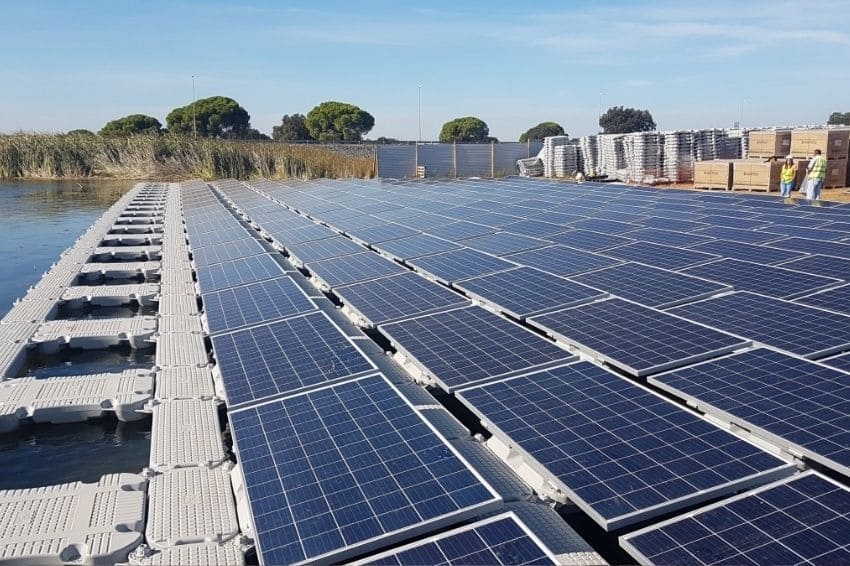Taking advantage of reservoirs from hydroelectric plants to install floating solar systems could add 7.6 TW of energy capacity per year to the world. This is what a study carried out by NREL (National Renewable Energy Laboratory of the United States Department of Energy) pointed out.
“That's really optimistic,” said Nathan Lee, a researcher in NREL's Integrated Decision Support group and lead author of a new paper published in the journal Renewable Energy.
However, according to the expert, this does not represent what could be economically viable or what the markets could actually support. “It is an estimate of the upper limit of viable resources that considers water body constraints and generation system performance,” Lee explained.
According to NREL, there are 379,068 freshwater hydropower reservoirs across the planet that could host floating photovoltaic systems combined with hydroelectric facilities.
The researchers, however, stress that additional location data is needed before any implementation, because some reservoirs may be dry during parts of the year or may not be conducive to the panels.
Other benefits
For NREL scientists, a hybrid system, for example, would reduce transmission costs by connecting to a common substation. Furthermore, the two technologies can balance each other.
According to them, the greatest potential for solar energy is during the dry season, while for hydropower the rainy seasons present the best opportunity. In one scenario, this means that operators of a hybrid system can use pumped storage hydropower to store excess photovoltaic generation.
'Floating photovoltaic plants will dominate the market'
“I calculate that the UFF (floating photovoltaic plants) market, in the next 10, 15 years, should surpass ground installations”. This is the prediction of electrical engineer José Teixeira, a specialist in FVF.
According to Teixeira, this dominance will happen because these solar systems have some characteristics that put them at an advantage over land-based plants. “The main advantage is that UFFs make the operation of the photovoltaic panel cooler, increasing efficiency in energy generation. When you raise the system above water you already have the enormous benefit of the natural cooling that this provides”, he explained.
TO government will install floating PV plant
The state of Tocantis is planning the installation of floating photovoltaic plant to serve rural producers.
The project is being carried out by Seagro (Secretariat of Agriculture, Livestock and Aquaculture), Ruraltins (Tocantins Rural Development Institute) and the company LM.
Government of SP opens registrations for floating photovoltaic systems
The government of the state of São Paulo, through Emae (Metropolitan Water and Energy Company), opened a public call for companies interested in installing floating photovoltaic projects in the Billings Reservoir, in the capital of São Paulo.
Participants must present technical, financial and environmental documents provided for in the notice. Registration must be made by December 9th.

















